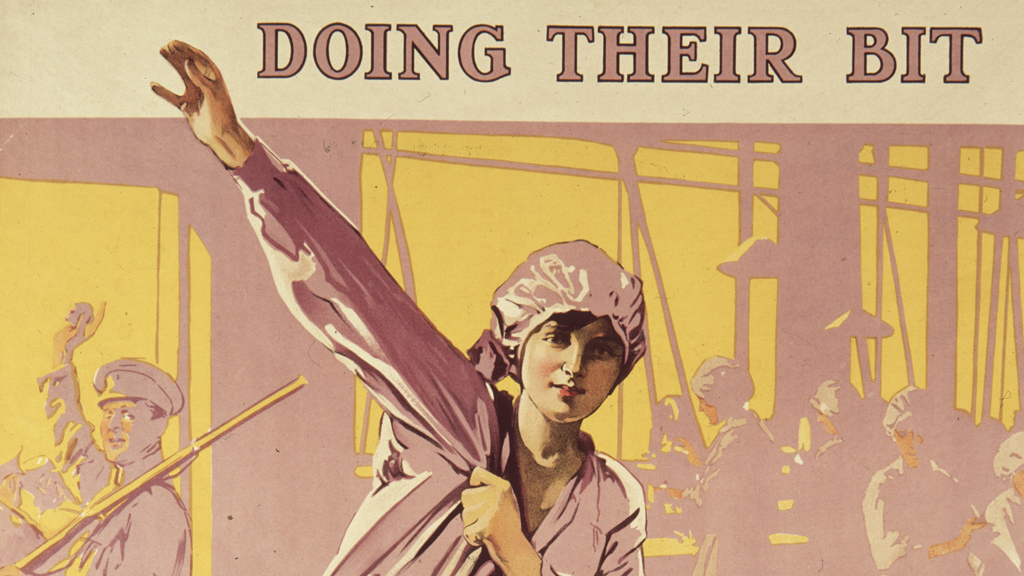Unemployment up as women swell job market
The jobless total has risen by 70,000 to hit 2.56 million in the latest quarter to February this year, leading to claims that the jobs recovery is coming to an end.

But statisticians said the rise in unemployment has been triggered by record numbers of women seeking to return to work.
The latest figures from the Office for National Statistics (ONS) showed a rise in unemployment of 70,000 people compared to September to November 2012 – the biggest rise since 2011.
Unemployment is now at its highest since last summer, according to the Labour Force Survey statistics.
The number of people in work fell very slightly by 2,000 in the latest quarter to February, to just under 30 million – the first time the figure has dipped since autumn 2011.
The jobs recovery of 2012 appears to have stalled. Ian Brinkley
Ian Brinkley, director of The Work Foundation think-tank, said: “As we predicted, economic reality has caught up with the labour market. The jobs recovery of 2012 appears to have stalled.
“Comparing the three months to February with the previous three months shows that our economy has stopped creating new jobs, unemployment is increasing and wage growth has stalled. The increase in youth unemployment is of particular concern and disappointing given the Coalition has made tackling youth unemployment such a high priority.
“These numbers should be a spur for the government to focus the upcoming Spending Review on supporting activities with the potential to create jobs and drive growth.”
Labour and the TUC called for an end to the government’s current policy of austerity. Shadow Work and Pensions Secretary Liam Byrne said the IMF had this week warned the Chancellor, George Osborne, to change course.
Mixed messages
The figures contain good and bad news for the government, and commentators are split on the significance of the latest rise.
Long-term and youth unemployment remain high. Some 900,000 people have been out of work for more than a year, an 8,000 increase on the three months to November 2012. The number of unemployed 16 to 24-year-olds rose by 20,000 to hit 979,000.
But the government pointed to reductions in the benefit claimant count, the main alternative measure of unemployment.
Ministers said the number of Jobseeker’s Allowance claimants fell in every region of England, Wales and Scotland and the number of new claims was at its lowest level for more than four years.
Some 7,000 fewer people were claiming Jobseeker’s Allowance claimants in the latest quarter, including a drop in the number of young people.
Despite today’s increase, unemployment is still 71,000 lower than a year ago. There has been a fall in the number of people in part-time jobs and an increase in full-time employment.
More women in the job market
ONS statisticans say one of the main reasons for the rise in unemployment is that there are more people looking for work, particularly women.
The number of people aged 16 to 64 who were not in the labour force (“economically inactive”) fell by 57,000 to reach 8.95 million.
Most of the decrease was accounted for by women who were previously not looking for work entering the job market.
Economic inactivity among women has fallen by 226,000 over the last year, with the biggest part of the fall accounted for by women aged 50 to 64 entering the labour market. There have also significant falls in inactivity among women aged 18-24 and 35-49.
The ONS said the number women who were not seeking work because “they were looking after the family or home” has fallen by 45,000 to reach 2.06 million, the lowest figure since records began in 1993.
Earnings down
Average weekly earnings excluding rose by just 1 per cent in the latest three-month period compared to the same period a year earlier – the lowest wage grow since records began in 2001.
Lower earnings growth was recorded across most sectors of the economy, with gross weekly pay rising from £440 to £443 a year earlier. With inflation running at 2.8 per cent over the same period, this represents a real-terms cut in the value of pay.
Annual wage growth has been below inflation since late 2009, according to the ONS.
Stall or blip?
Some commentators have expressed caution about how much these figures tell us about the health of the economy.
Mark Beatson, chief economist at the Chartered Institute of Personnel and Development (CIPD) said: “The question is whether this is a short term blip or whether a lack of demand means that the economy will struggle to create more jobs.
“Recent forward-looking indicators of recruitment intentions, including the CIPD’s Labour Market Outlook, remain positive. Nor have we seen any significant change in the number of redundancies. Hence, at this stage, it would be unwise to read too much into a single month’s figures.”
It would be unwise to read too much into a single month’s figures. Mark Beatson
David Kern, chief economist at the British Chambers of Commerce, said: “Although the UK labour market remains surprisingly robust, overall the outlook is uncertain. It is realistic to expect further increases in the jobless total if the private sector is able to only absorb some of the expected reductions in public sector employment.
“In our recent forecast, we predicted that unemployment would increase to 2.6 million in 2014.”
Gavin Kelly, chief executive of the Resolution Foundation, said: “We are in the middle of an unprecedented squeeze on earnings.
“Even before today’s figures our analysis showed that typical earnings will continue to fall until well in to 2014 and it’s likely to be after 2020 before wages recover to their pre-recession levels. Today’s news makes the prospect for wage-recovery increasingly bleak.”




